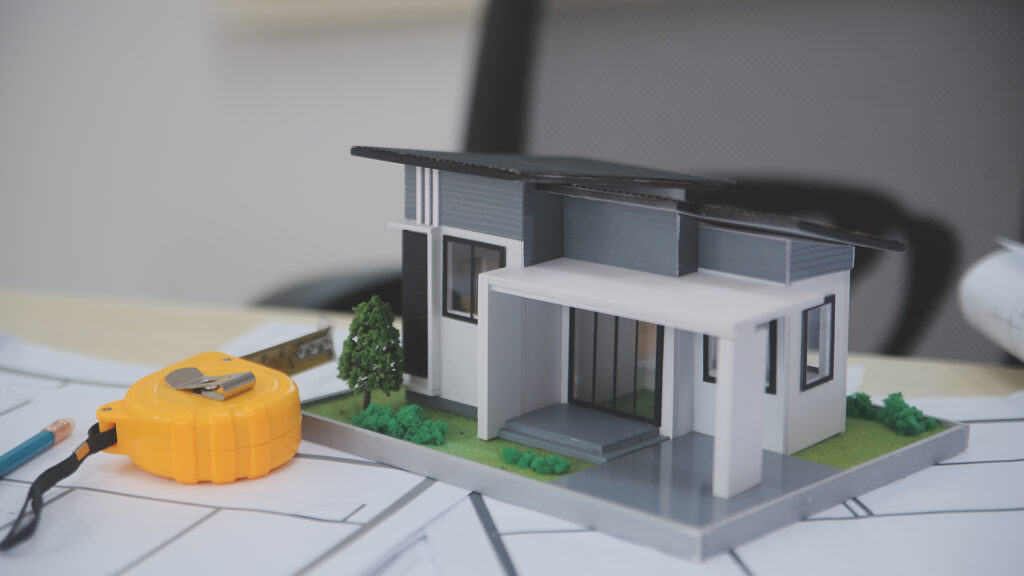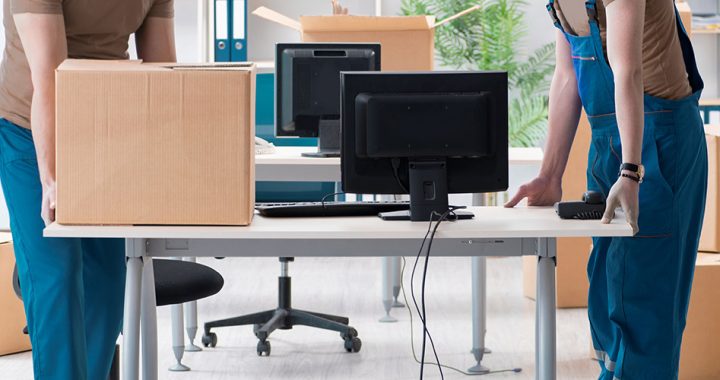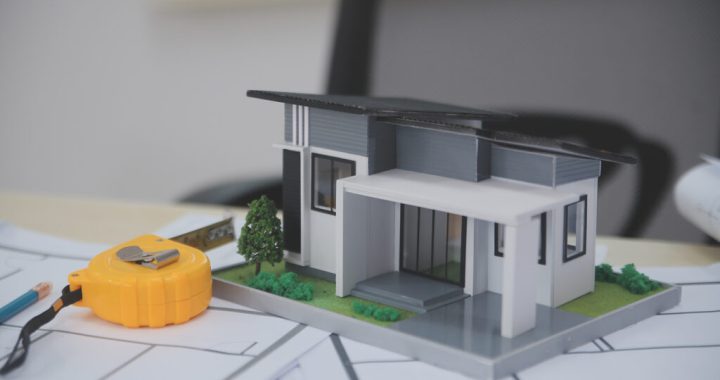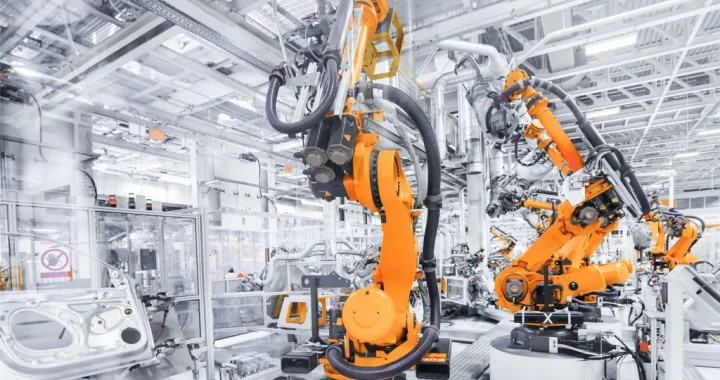The Shift from Concept to Real-World 3D Build Projects

3D printing in construction used to feel like a gimmick. The rise of 3d printing construction is now changing that. Something for showrooms and exhibitions. Now? It’s being used to build real homes and structures. In Thailand, there’s growing interest, especially in areas where faster and cheaper building methods are needed.
Why It’s Getting Attention
Speed and efficiency are the big ones. 3D printing makes it possible to build faster, reduce material waste, and create unique shapes without needing extra tools or molds. Traditional methods can’t compete when it comes to flexibility and automation. This opens the door for more affordable housing in crowded or high-demand areas.
Printing also makes it easier to create complex curves and angles. These would normally require expensive materials or extra labor. For architects and builders trying to work within a limited budget, that level of design freedom can be a big deal. It allows for interesting designs without driving up the cost.
Small Projects First
Most of the real-world examples so far are modest in scale. You’ll see tool sheds, single floor homes, or emergency shelters going up before any commercial towers. These small builds let teams experiment with the process and sort out any issues without huge costs or delays.
Some of these early-stage projects are being carried out in controlled settings like research facilities. Others are being built on public or private land in partnership with local governments. It’s a chance to test how the buildings hold up over time, and how well they handle the local climate and environment.
In parts of Thailand where construction resources are limited, this approach is gaining interest. Rather than waiting weeks for materials to arrive or for contractors to become available, having a printer onsite means structures can go up quickly.
Not Plug and Play Yet
The technology still needs refinement. One challenge is that building regulations haven’t caught up, and that means project teams have to jump through extra hoops to get approval. Then there’s the training problem. Construction crews need to learn how to prepare sites and operate the printers, something that doesn’t happen overnight.
Some universities in Thailand are taking the lead here. They’re teaming up with developers to test the durability and performance of printed buildings in local weather and soil conditions. The heat, humidity, and unpredictable terrain all play a role in how long these structures can last.
There are also limits on where the printers can be used. They perform best on stable, flat ground. In areas prone to flooding or landslides, additional support work is needed. That adds time and cost to the process, and it’s something teams have to factor into early planning.
What’s in the Mix
Most printers today use a specially formulated concrete that sets quickly and holds its shape. But there’s interest in more sustainable alternatives. Some research groups are working on recipes that include recycled materials or locally sourced sand to reduce costs and environmental impact.
There’s also curiosity about how different mixes hold up in tropical conditions. In places with high heat and sudden rainfall, materials need to cure properly and remain stable. Research is ongoing to create blends that are both strong and quick to set, without sacrificing long-term durability.
Slowly Gaining Ground
3D printing in construction isn’t mainstream yet, but it’s definitely not a novelty anymore. As each new project is completed, more developers are paying attention. The shift from experimental to practical is happening steadily, and Thailand is in a good position to benefit from it.
As costs continue to drop and equipment becomes easier to operate, more companies may start experimenting with printed buildings. What was once a future-facing idea is now being tested on real ground, and it’s starting to show promise.

 How Make-Good Services Ensure Smooth Lease Transitions and Compliance
How Make-Good Services Ensure Smooth Lease Transitions and Compliance  Effortless Office Moves in Melbourne
Effortless Office Moves in Melbourne  SEBI’s Latest Regulations for Investment Advisory Services in India
SEBI’s Latest Regulations for Investment Advisory Services in India  Exploring the Most Effective Business Services for Entrepreneurs
Exploring the Most Effective Business Services for Entrepreneurs  How Business Services Contribute to Long-Term Success
How Business Services Contribute to Long-Term Success  The Shift from Concept to Real-World 3D Build Projects
The Shift from Concept to Real-World 3D Build Projects  The Evolution of Industry: From the Industrial Revolution to the Age of Automation
The Evolution of Industry: From the Industrial Revolution to the Age of Automation